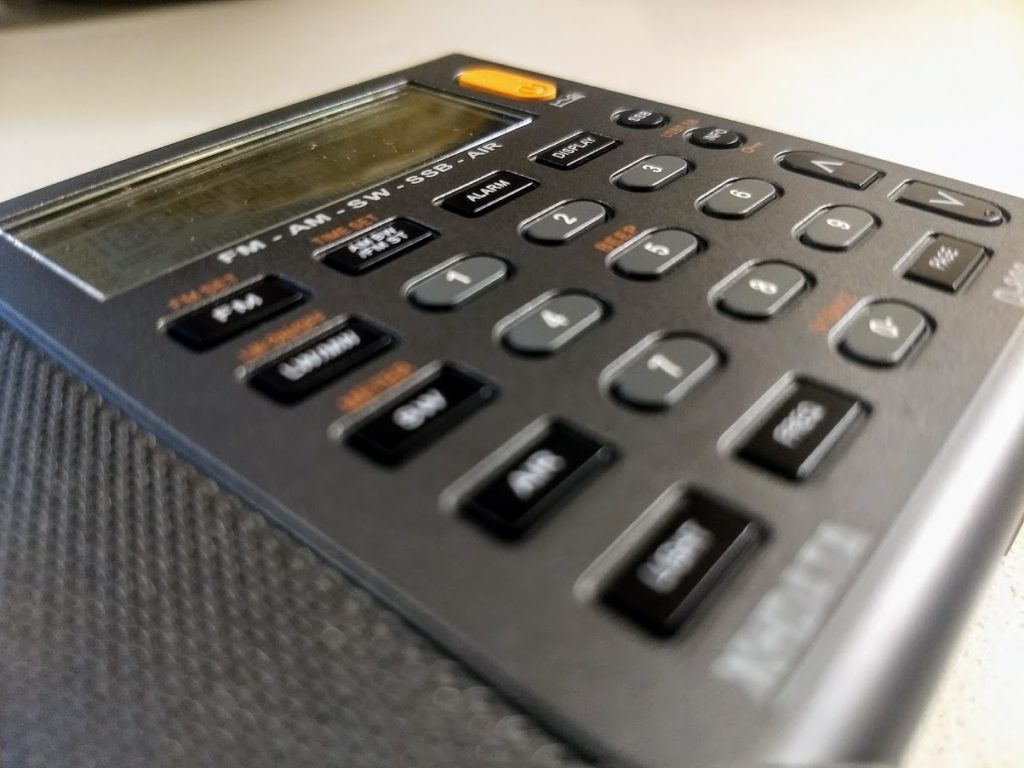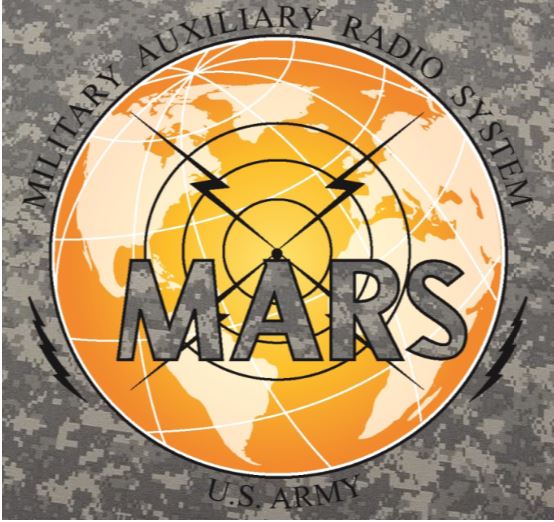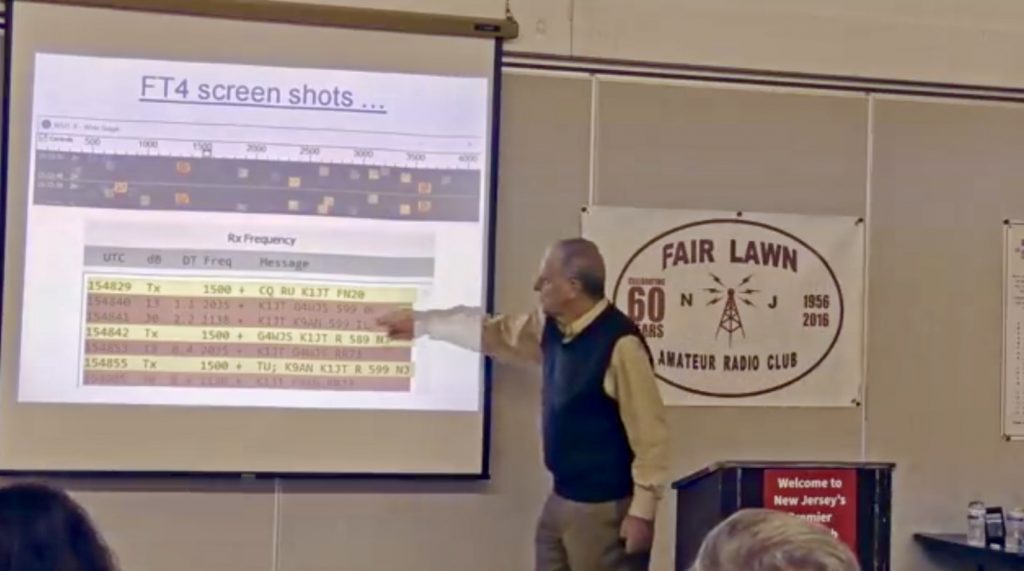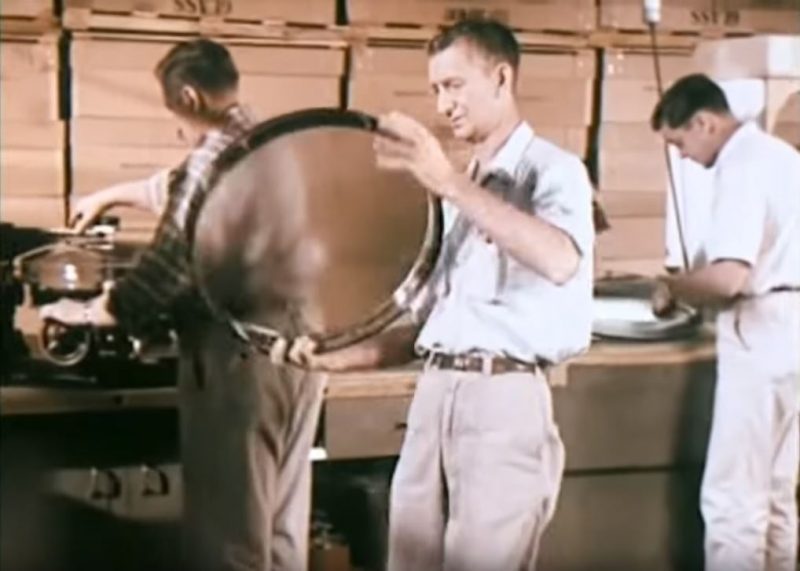
Many thanks to SWLing Post contributor, John Hoad, who shares the following news and notes:
Interesting information about the continuation of broadcasting of RTE Radio 1 on 252 kHz from Summerhill, County Meath Ireland:
(Source: Hildegarde Naughton)
Longwave Radio to continue for the benefit of Diaspora
Thursday, 25th April 2019
Major antenna upgrade will ensure transmission of longwave radio continues – Naughton
Upgrade works will ensure that the transmission of longwave radio continues for the Irish diaspora, a Fine Gael TD has said.
Chair of the Oireachtas Communications Committee, Hildegarde Naughton, welcomed RTE’s decision to undertake significant remedial works on transmission equipment which will guarantee the continuance of the longwave service for a minimum of two years.
Deputy Naughton said: “The maintenance of long wave radio for the Irish diaspora is a significant concern to the Committee.
“The UK regulator, Ofcom, will not grant RTE, as a non-UK broadcaster, the necessary licence to broadcast on digital in the UK at this time.
“After engagement between the Committee and RTE, I received a letter from the Director General of the national broadcaster committing to maintain service into the future.
“The antenna upgrade requires bespoke manufacturing from a specialist supplier based in Canada and delivery of this element is expected by mid-September.
“The relevant mast at Summerhill is 248 metres in height and is a high-risk work environment.
“I am told that the weather, and more particularly wind speeds, will be the main determining factor on the commencement and the duration of the works.
“Unfortunately once this remedial work commences, the long wave service will have to be temporarily suspended.
“I understand that it will be out of commission for approximately ten weeks, but RTE has said it will endeavour to complete the works as quickly as possible.
“I welcome the efforts being made to continue this service, which serves as an invaluable link between the diaspora and home.
“However I intend to work with the committee to explore other longer term alternative solutions to ensure this service continues,” Deputy Naughton concluded.
Click here to read the full press release.







